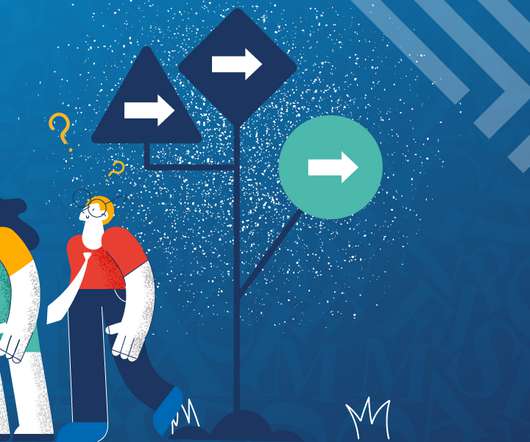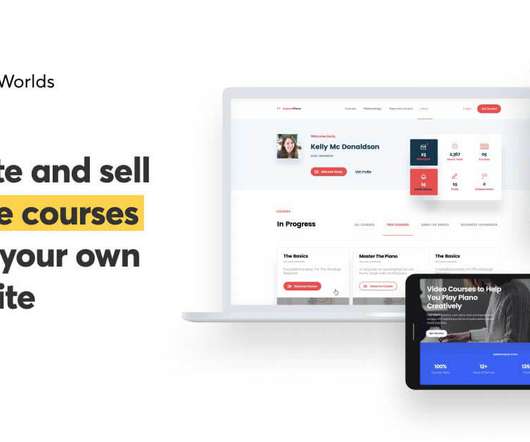Unlock the Power of Implicit Knowledge in the Workplace
Epilogue Systems
APRIL 23, 2024
Tacit Knowledge: The distinction among implicit, explicit, and tacit knowledge forms the cornerstone of understanding knowledge management’s multifaceted nature. Explicit knowledge stands out for its accessibility, often documented and easy to share.



























Let's personalize your content